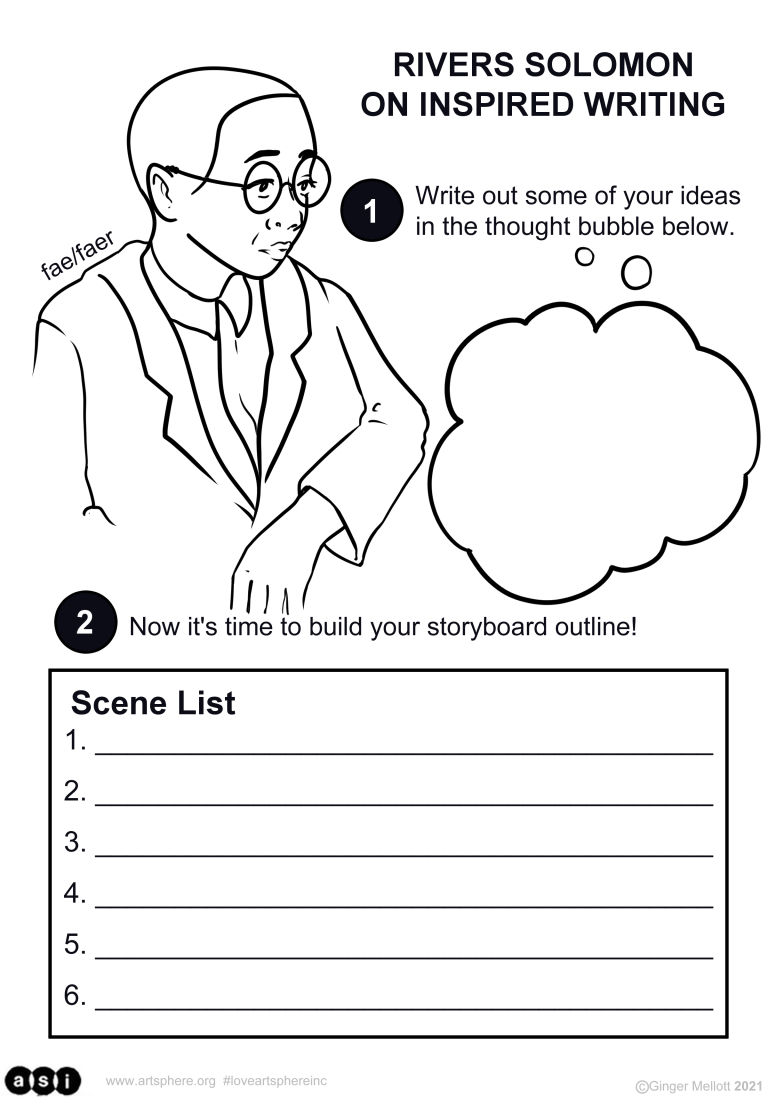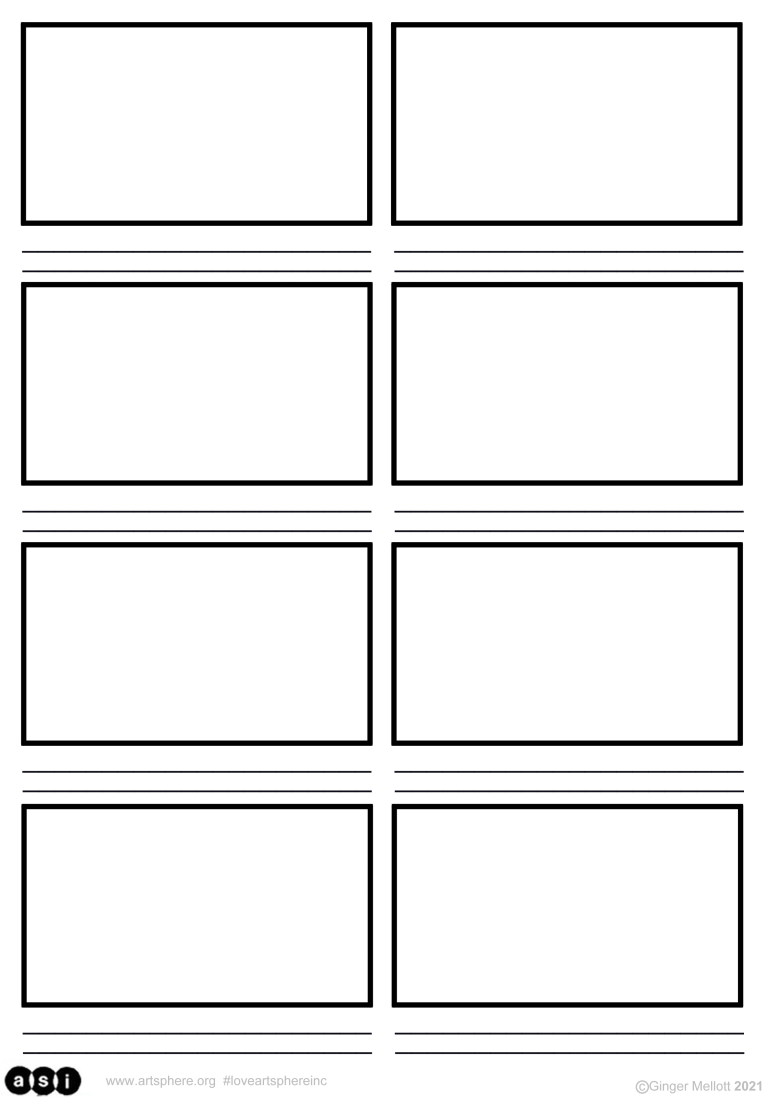Your Destination:
Rivers Solomon uses fae/faer pronouns and identifies as nonbinary. Solomon is an American author of literary fiction whose debut novel was published in 2017. Solomon received a Bachelor’s of Arts in Comparative Studies in Race and Ethnicity from Stanford University and a Master of Fine Arts in Fiction Writing from the University of Texas in Austin. Fae has published several books that have received critical acclaim such as, “An Unkindness of Ghosts” and “Sorrowland.” Faer most notable book, “The Deep,” is based on a song of the same name, created by the experimental hip-hop trio, clipping, and performed by former Hamilton cast member, Daveed Diggs. The song and story create an interesting utopian underwater civilization built by descendants of pregnant slaves thrown overboard from slave ships. Published in 2019, “The Deep” won the Lambda Literary Award and was nominated for several other awards, including the Hugo Award for best science fiction or fantasy book.
Musicians:
Cherry – Rina Sawayama: https://youtu.be/wn5YFnrD1u8
Askasaka Sad – Rina Sawayama: https://youtu.be/XSl239RQ_mc
The Deep – clipping. https://youtu.be/zT1ujfuXFVo
Flower Child – Nitty Scott ft. Kendrick Lamar: https://youtu.be/46j_q1Wr0jY
Travel Kit: Paper (newspaper, construction), Markers, and pencils
On the Path: Think of a song that has strong visuals or gives you an idea for a story. It can be about an interesting character, a funny line/lyric, a feeling that the song makes you feel, or anything else that you can think of. Using your chosen song as inspiration, brainstorm your own story and create a storyboard for your idea with the help of the instructions below.
Step 1. Brainstorm ideas for what you want in your story. Come up with a set of images, characters, events, etc. This is to help you gather your thoughts before organizing them into a storyboard, so don’t be afraid to write down any idea you might have.
Step 2. Now is the time to create your storyboard outline. Depending on how big you want to draw your scenes, use as much white paper as you need to. In a line, draw as many rectangles as you will need for your story (try to go with 4-6). These boxes will be where you create your scenes. Leave room at the bottom of each rectangle to write a brief description of what is happening in the scene. Then, using your favorite ideas from step 1, order everything into a scene-by-scene list for your story. Your storyboard is where you will create and map out the plot, or narrative, of your story.
- First, this happens…. (scene 1)
- Then this happens… (scene 2)
- Then this happens… (scene 3)
- Finally, this happens… (scene 4)
Step 3 Finally, with the content of your story finished, draw and color the scenes of your story, and add descriptions beneath each scene box to complete your storyboard.
Group Tour: Share your storyboard with others and talk about your plot!
Extend Your Journey: Read Solomon’s short story “Blood Is Another Word For Hunger.” Develop your story further with character design or a scene.
Learn new vocabulary: multimedia storytelling, utopia
Find resources and visual aids: Visit Solomon’s website.
Read an interview with Solomon.
Access our webpage on Rivers Solomon.



